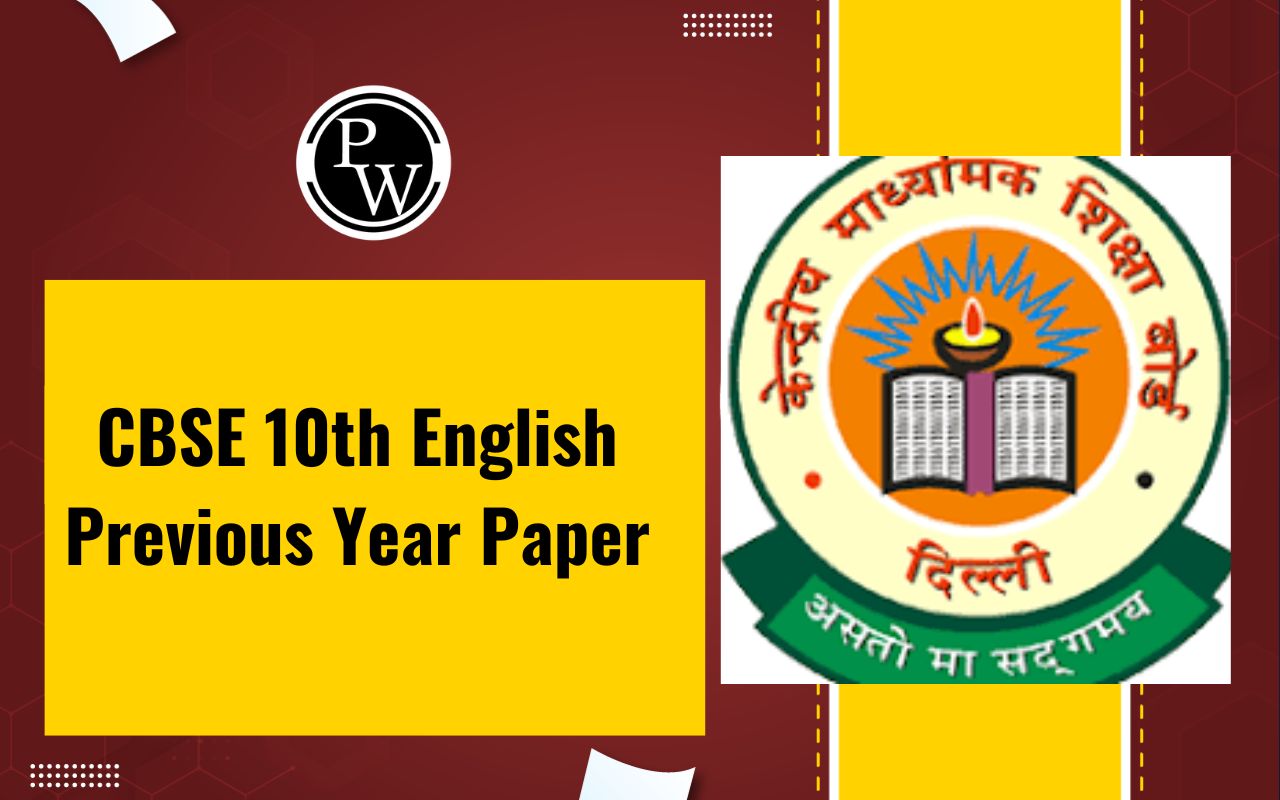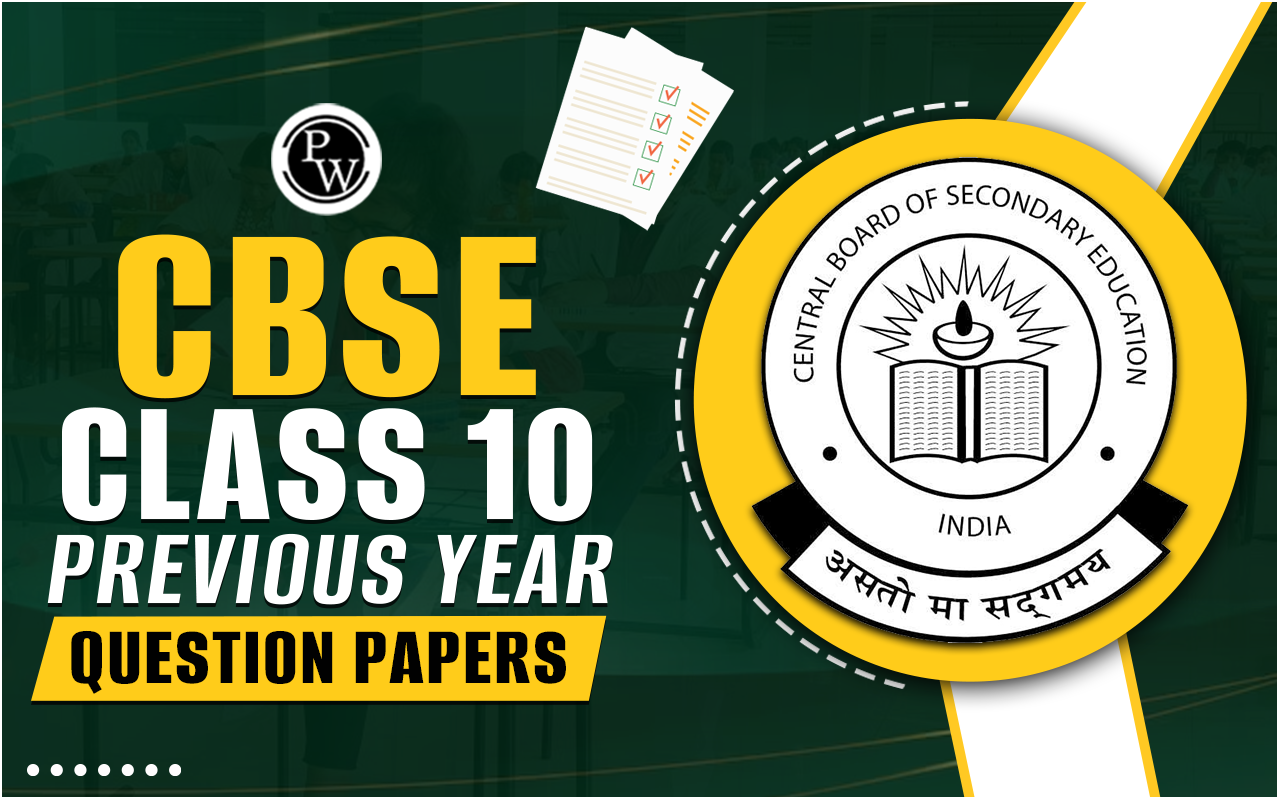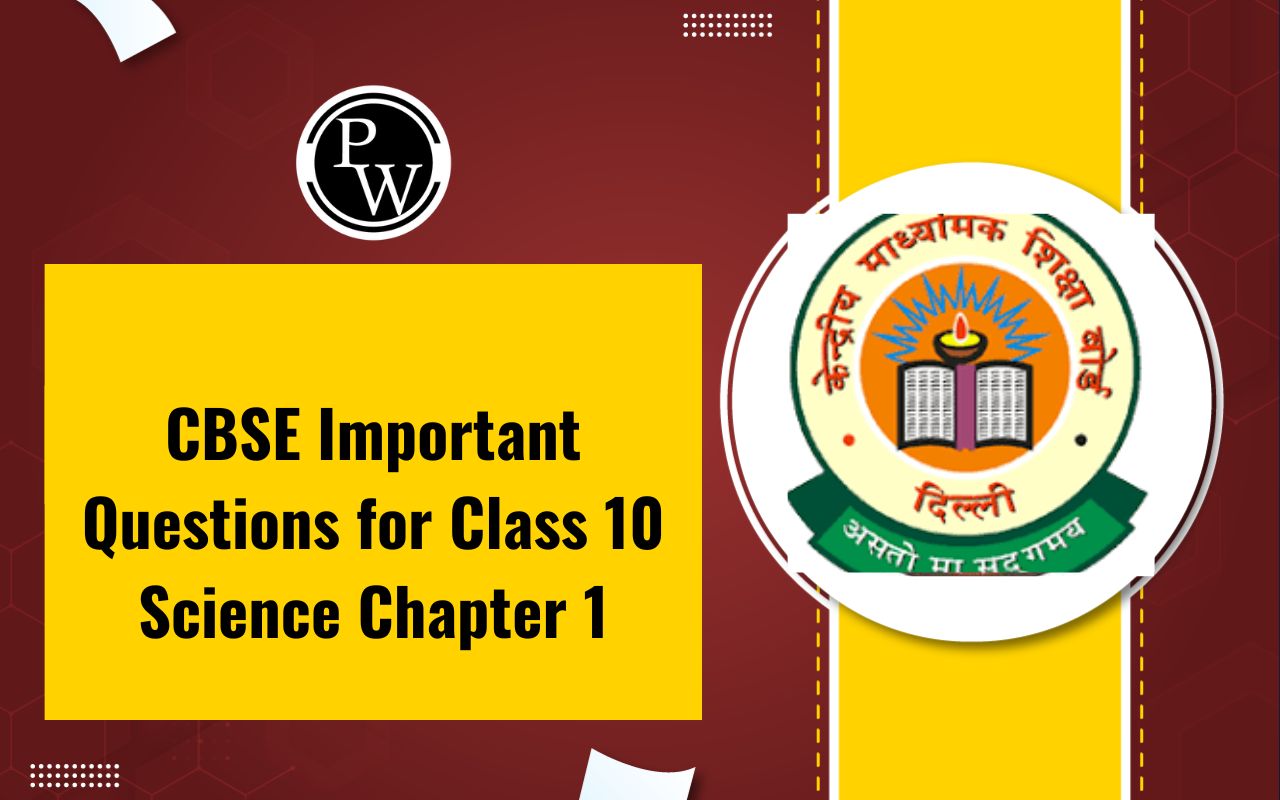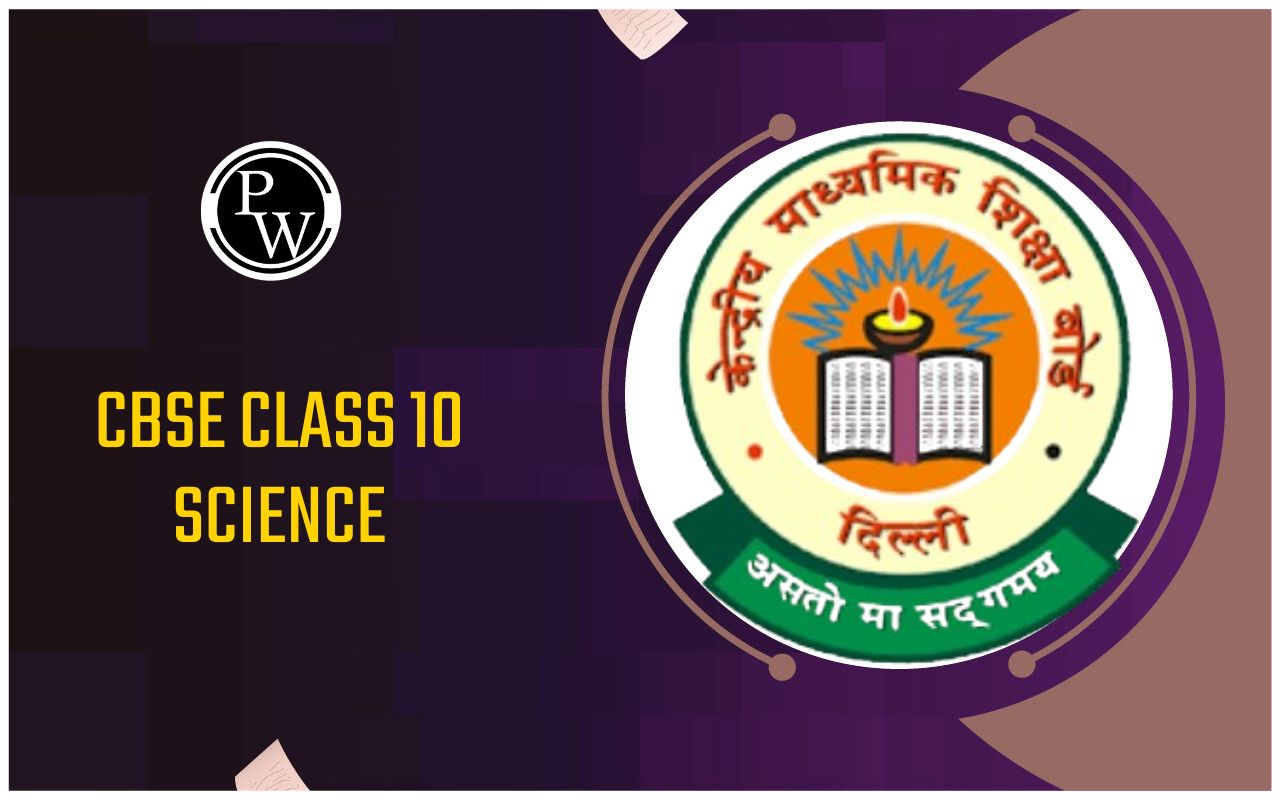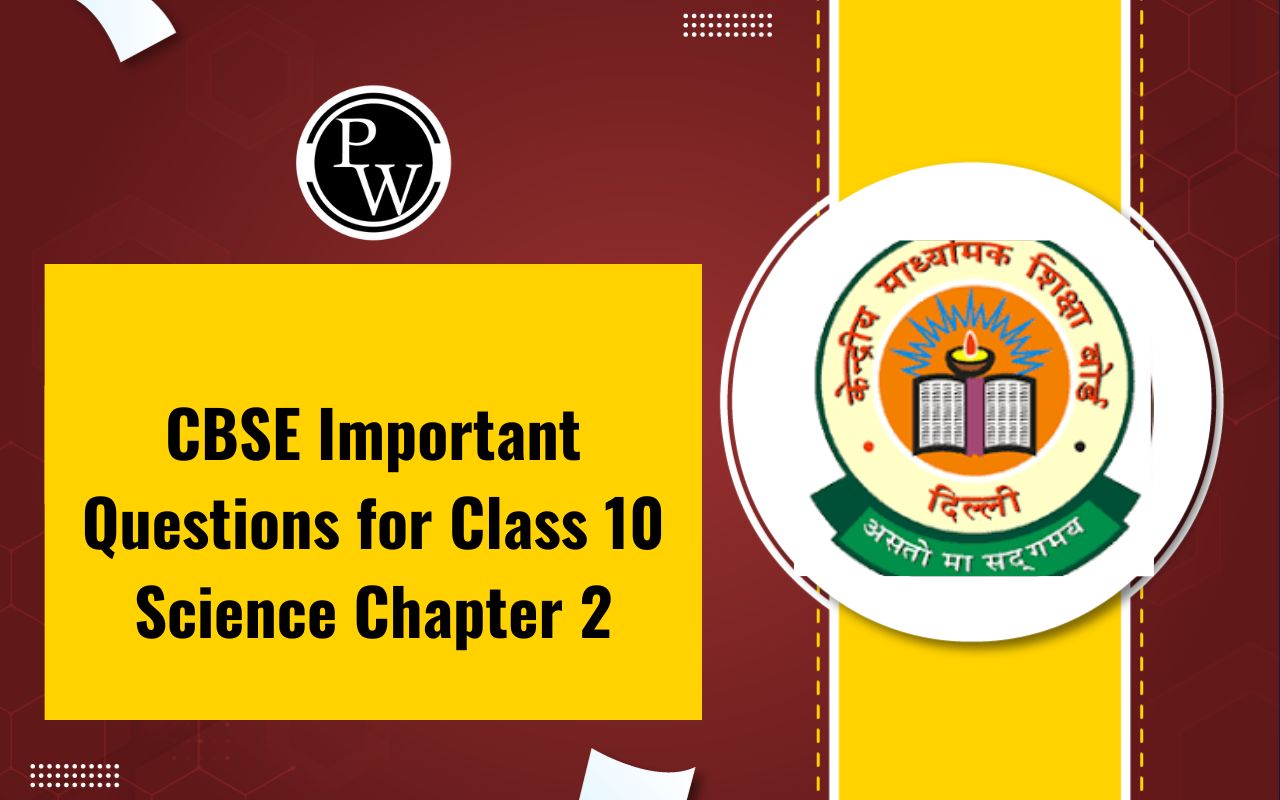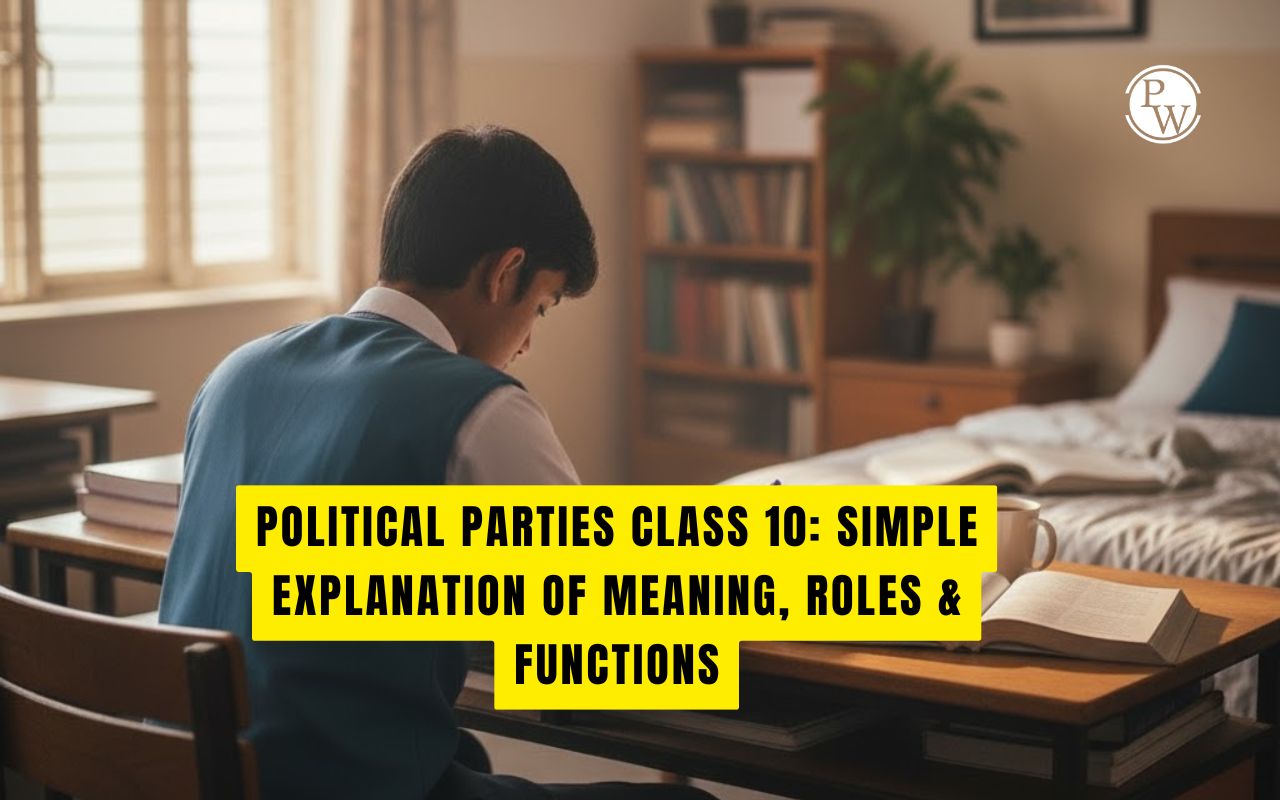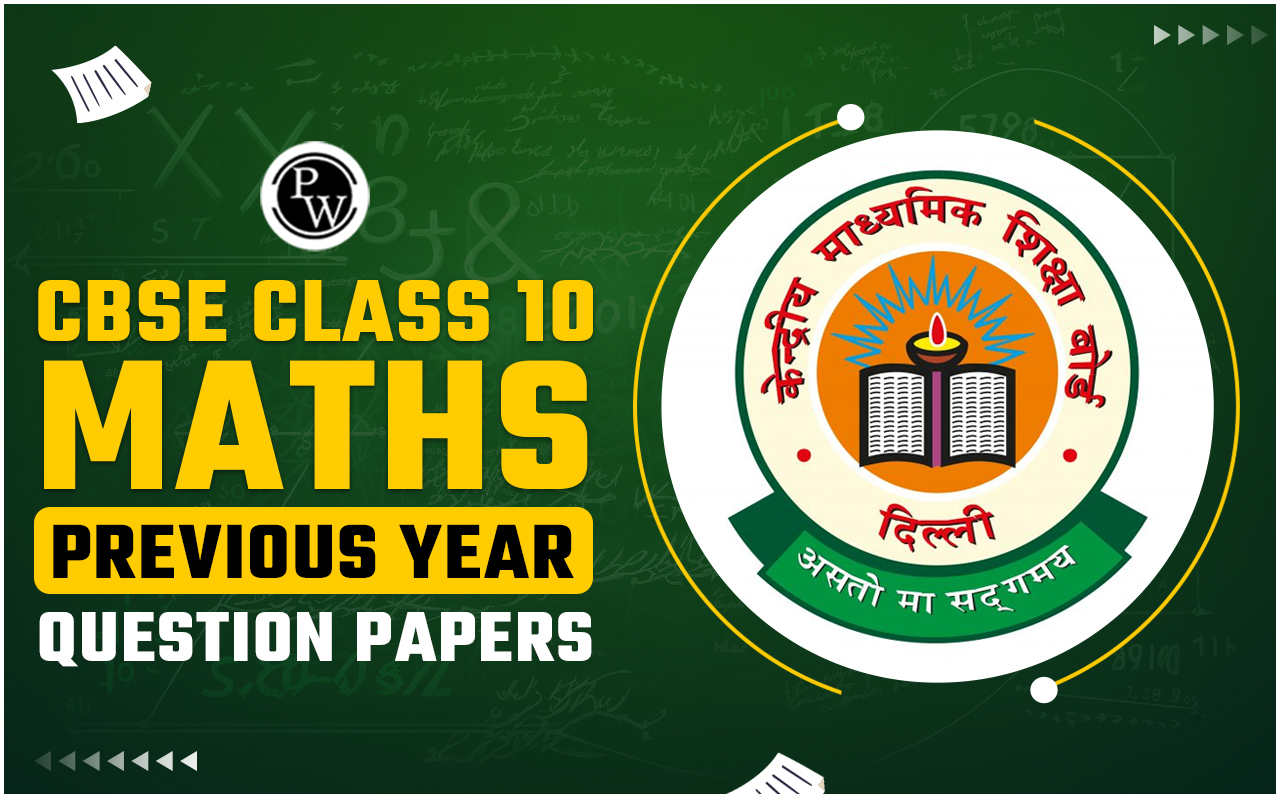
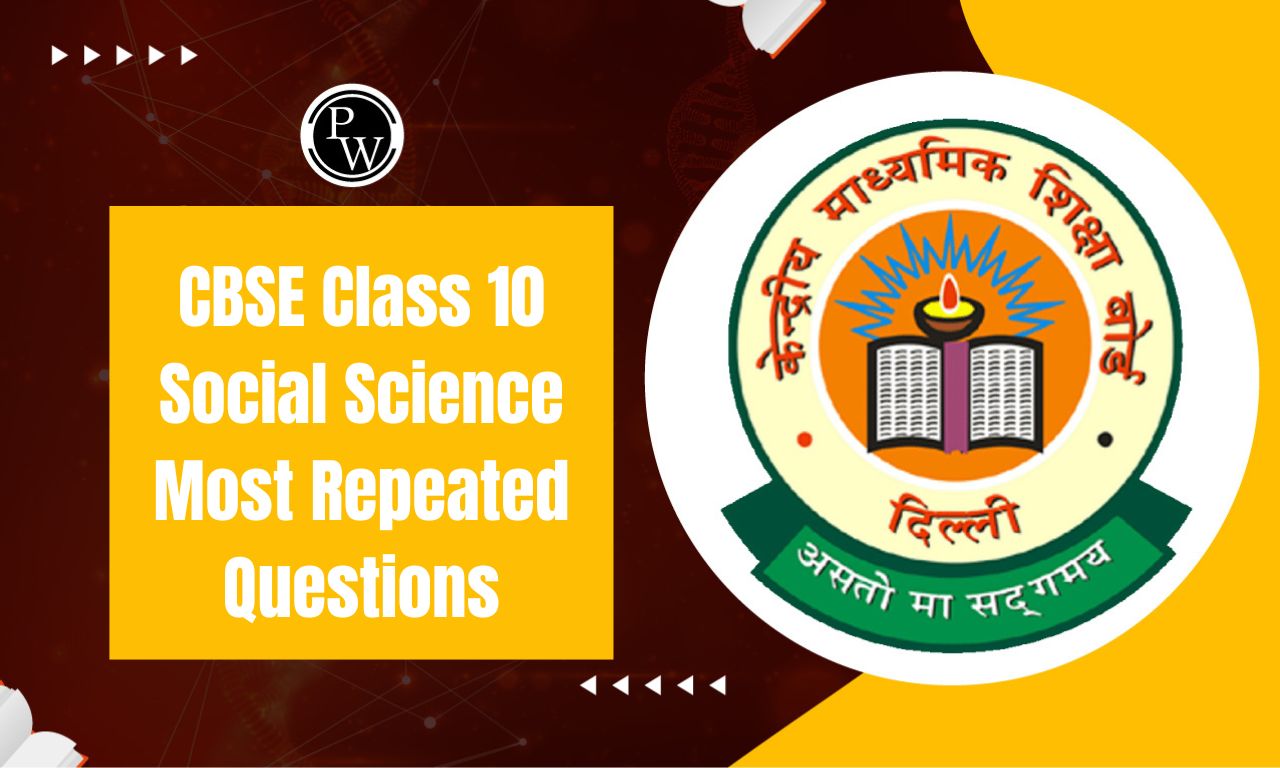
CBSE Class 10 Social Science Most Repeated Questions: CBSE Class 10 Social Science is a critical subject that requires thorough preparation, especially for exams. Most repeated questions in this subject often focus on key topics like History, Geography, Political Science, and Economics, which are fundamental to the curriculum. Understanding these frequently asked questions can help students identify important concepts, improving their chances of scoring well.
By focusing on these high-yield areas, students can ensure they cover the essential material, boosting confidence and reducing exam anxiety. Regular practice of these questions enhances recall ability, time management, and overall exam performance.CBSE Class 10 Social Science Most Repeated Questions PDF
We have provided a comprehensive CBSE Class 10 Social Science Most Repeated Questions PDF to help students prepare effectively for their exams. This PDF contains a carefully curated collection of frequently asked questions from various chapters, giving students an edge in their preparation. By focusing on these most repeated questions, students can ensure they cover all essential topics and improve their chances of scoring high marks. Download the PDF now and make your study sessions more focused and efficient.CBSE Class 10 Social Science Most Repeated Questions PDF
CBSE Class 10 Social Science Most Repeated Questions
- 20 MCQs of 1 mark each
- 4 Short Answer Type Questions-I of 2 marks each
- 5 Short Answer Type Questions-II of 3 marks each
- 4 Long Answer Type Questions of 5 marks each
- 3 Case Based Questions of 4 marks each
- 1 Map Based Question of 5 marks
CBSE Class 10 Social Science 1 Mark Questions
1.Which
(a) Peru (b) Mexico (c) El Dorado (d) Spain2.Which of the following books is the autobiography of Rashundari Devi?
(a) Amar Jiban (b) Istri Dharam Vichar (c) Gulamgiri (d) Ghor Kali3.Fill in the blank with the appropriate option.
____________ began to maintain index of prohibited books in Rome during 1558. (a) Church (b) Aristocrats (c) Protestants (d) Industrialists4.Look at the picture given below and select the correct option from the following:
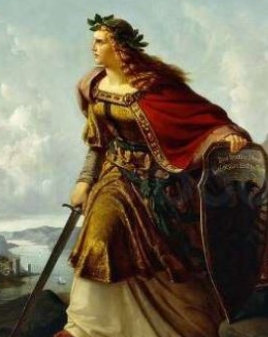
5.Which among the following statements is not correct regarding the
(a) It includes 1200 hectares of forest land. (b) The inhabitants of five villages in the Alwar district of Rajasthan (c) They are protecting the wildlife against any outside encroachments. (d) The rules and regulations followed here are declared by the government.6. Match Column 1 with Column 2 and select the correct option from the following :
|
Column I
(Land use categories)
|
Column II
(Purpose)
|
|
A.Forests
B.Land put to non-agricultural uses
C.Permanent Pastures
D.Net Sown Area
|
I. Used for roads, railways, industry
etc.
II. Land for feeding the cattle population
III. Land for cultivation of crops
IV. Essential for maintenance of ecological balance
|
7.Identify the appropriate reason for introduction of Community Government in Belgium.
(a) To enable power sharing among various political parties. (b) To ensure power sharing among various organs of the Government. (c) To give more power to the Dutch speaking community. (d) To share power among different religious and linguistic social groups.8.There are two statements marked as Assertion (A) and Reason (R). Read both the statements and choose the correct option as your answer:
Assertion (A) : India has a multiparty system. Reason (R) : It is because of the social and geographical diversities in India. Options : (a) Both Assertion (A) and Reason (R) are true and Reason (R) is the correct explanation of the Assertion (A). (b) Both Assertion (A) and Reason (R) are true, but Reason (R) is not the correct explanation of the Assertion (A). (c) Assertion (A) is true, but Reason (R) is false. (d) Assertion (A) is false, but Reason (R) is true.9.When was the Wildlife Protection Act implemented?
(a) 1972 (b) 1978 (c) 1980 (d) 198510.Cargill Foods, a very large MNC, is the largest producer of edible oil in India. Which one of these countries does it belong to?
(a) India (b) France (c) Great Britain (d) United States of America11.Cargill Foods, a very large MNC, is the largest producer of edible oil in India. Which one of these countries does it belong to?
(a) India (b) France (c) Great Britain (d) United States of America12.Choose the correct option from the following regarding Central Powers in the First World War :
(a) Germany, Austria-Hungary and Ottoman Turkey (b) Britain, France and Russia (c) Italy, Japan and Russia (d) France, Austria-Hungary and China13.There are two statements given as Assertion (A) and Reason (R). Read both the statements and choose the correct option.
Assertion (A) : Agriculture and industry move hand in hand. Reason (R) : Industrial development is a precondition for eradication of unemployment and poverty from the country. (a) Both Assertion (A) and Reason (R) are true and Reason (R) is the correct explanation of the Assertion (A). (b) Both Assertion (A) and Reason (R) are true, but Reason (R) is not the correct explanation of the Assertion (A). (c) Assertion (A) is true, but Reason (R) is false. (d) Assertion (A) is false, but Reason (R) is true.14.Which one of the following countries adopted multi-party system ?
(a) USA (b) India (c) China (d) United Kingdom15.Choose the correct option to fill in the blank.
For comparing countries, their __________ is considered to be one of the most important attributes by the World Bank. (a) Education (b) Income (c) Health Status (d) Living StandardCBSE Class 10 Social Science 2 Mark Questions
1.Explain the role of women in spreading the print culture in India during the nineteenth century. 2.Mention any two aspects of occupational mobility. 3.Explain any two technological reforms initiated by the Indian Government in agriculture. 4.How has agriculture been the backbone of the Indian economy? Explain. 5.Analyse the role of tertiary sector in the Indian economy. 6.Mention any two aspects of occupational mobility. 7.Mention different aspects in which women are discriminated against in India. 8.Suggest any two ways to create more employment in the rural sector. 9.'Energy saved is energy produced.' Support the statement.CBSE Class 10 Social Science 3 Mark Questions
1.Why did the Non-Cooperation Movement slow down in towns and cities? Explain. 2.Explain the participation of the business class in the Civil Disobedience Movement. 3.How is resource planning a complex process? Explain. 4."Globalisation and competition among producers have been of advantage to the consumers." Give suitable arguments in support of this statement. 5.What is Gross Domestic Product (GDP)? Why are final goods and services included in the calculation of the Gross Domestic Product (GDP) ? Explain. 6.Explain the contribution of Public Sector in the economic development of a nation. 7."Democracy produce an accountable, responsive and legitimate government." Justify this statement. 8.Why are resources vital for any developmental activity ? Explain. 9.Analyse the impact of globalization on the Indian economy. 10.We will update more questions from the previous years’ exams. Keep refreshing for more important questions. 11.'Democracy accomodates social diversities.' Support the statement with examples. 12.Why do people prefer to work in the organised sector ? Explain any three reasons.CBSE Class 10 Social Science 5 Mark Questions
1.Describe the decisions taken in the Treaty of Vienna of 1815. 2.Describe the economic hardships faced by Europe in 1830s. 3.Analyse the benefits of using pipelines as a means of transport in India. 4.Examine the significance of Trade for the Indian economy. 5.Explain the role of Self-Help Groups in rural society. 6.Define Political Parties. Explain any four main challenges faced by the political parties. 7.Explain any five effects of the revolution of the liberals in Europe in 1848. 8.How are industries contributing to the national economy? Explain. 9.Explain any five ways to reduce air and water pollution. 10.What is a collateral ? Why is it a main reason to prevent the poor getting a loan from banks ? Explain. 11.Explain any five challenges faced by political parties in India. 12.Explain any five major functions of the political parties.Case Study Questions
1.Read the following source carefully and answer the questions that follow :
The earliest factories in England came up by the 1730s. But it was only in the late eighteenth century that the number of factories multiplied. The first symbol of the new era was cotton. Its production boomed in the late nineteenth century. In 1760 Britain was importing 2.5 million pounds of raw cotton to feed its cotton industry. By 1787 this import soared to 22 million pounds. This increase was linked to a number of changes within the process of production. Let us look briefly at some of these. A series of inventions in the eighteenth century increased the efficacy of each step of the production process (carding, twisting and spinning, and rolling). They enhanced the output per worker, enabling each worker to produce more, and they made possible the production of storage threads and yarn. Then Richard Arkwright created the cotton mill. Till this time, as you have seen, cloth production was spread all over the countryside and carried out within village households. But now, the costly new machines could be purchased, set up and maintained in the mill. Within the mill all the processes were brought together under one roof and management. This allowed a more careful supervision over the production process, a watch over quality, and the regulation of labour, all of which had been difficult to do when production was in the countryside. (i) When did the earliest factories come up? (ii) Why were all the processes brought together under one roof and management in the mill? (iii) How did the series of inventions in the eighteenth century increase the efficacy of the production process?2.Read the given extract and answer the questions that follow :
Belgium is a small country in Europe, smaller in area than the state of Haryana. It has borders with France, the Netherlands, Germany and Luxembourg. It has a population of a little over one crore, about half the population of Haryana. The ethnic composition of this small country is per cent lives in the Flemish region and speaks Dutch language. Another 40 per cent people live in the Wallonia region and speak French. Remaining one per cent of the Belgians speak German. In the capital city Brussels, 80 per cent of the people speak French while 20 per cent are Dutch-speaking. (i) Explain the ethnic composition of Belgium. 1 (ii) Explain the term 'ethinic.' (iii) How did the Belgian Government solve their ethnic problem? Explain.3.Read the given source and answer the questions that follow :
The rise of political parties is directly linked to the emergence of representative democracies. As we have seen, large societies need representative democracy. As societies became large and complex, they also needed some agency to gather different views on various issues and to present these to the government. They needed some ways, to bring various representatives together so that a responsible government could be formed. They needed a mechanism to support or restrain the government, make policies, justify or oppose them. Political parties fulfil these needs that every representative government has. We can say that parties are a necessary condition for a democracy. (i) Explain the meaning of a olitical party. (ii) "The rise of political parties is directly linked to the emergence of representative democracies. (iii) Why are political parties a necessary condition for a democracy? Explain.CBSE Class 10 Social Science Map Based Questions
1.(a) Two places A and B have been marked on the given political outline map of India. Identify these places with the help of the following information and write their correct names on
the lines drawn near them:
(i) The place where the Indian National Congress Session was held in 1927. (ii) The place where Gandhiji organised Satyagraha for the indigo planters. (iii) The place where Gandhiji broke the salt law. (iv) The place where the session of the Indian National Congress was held in September, 1920. (v) The place where the session of the Indian National Congress was held in December, 1920. (vi) The place where Jallianwala Bagh incident occurred.(b) On the same political outline map of India, locate and label any three of the following with suitable symbols:
(i) Salal Dam (ii) Ramagundam Thermal Power Plant (iii) Gandhinagar Software Technology Park (iv) Tuticorin Sea Port (v) Tehri Dam (vi) Bokaro Coal mines (vii) Pune Software Technology Park (viii) Tuticorin Sea port (ix) Noida Software Technology Park (x) Bailadila Iron-ore mines (xi) Tarapur Nuclear Power Plant (xii) Haldia Sea portCBSE Class 10 Social Science Most Repeated Questions FAQs
Do questions repeat in the CBSE board exam class 10?
How can I get full marks in CBSE 10th social science?
What is the most difficult chapter in SST class 10?
Does board give extra marks for attempting questions?
Is CBSE marking strict?

